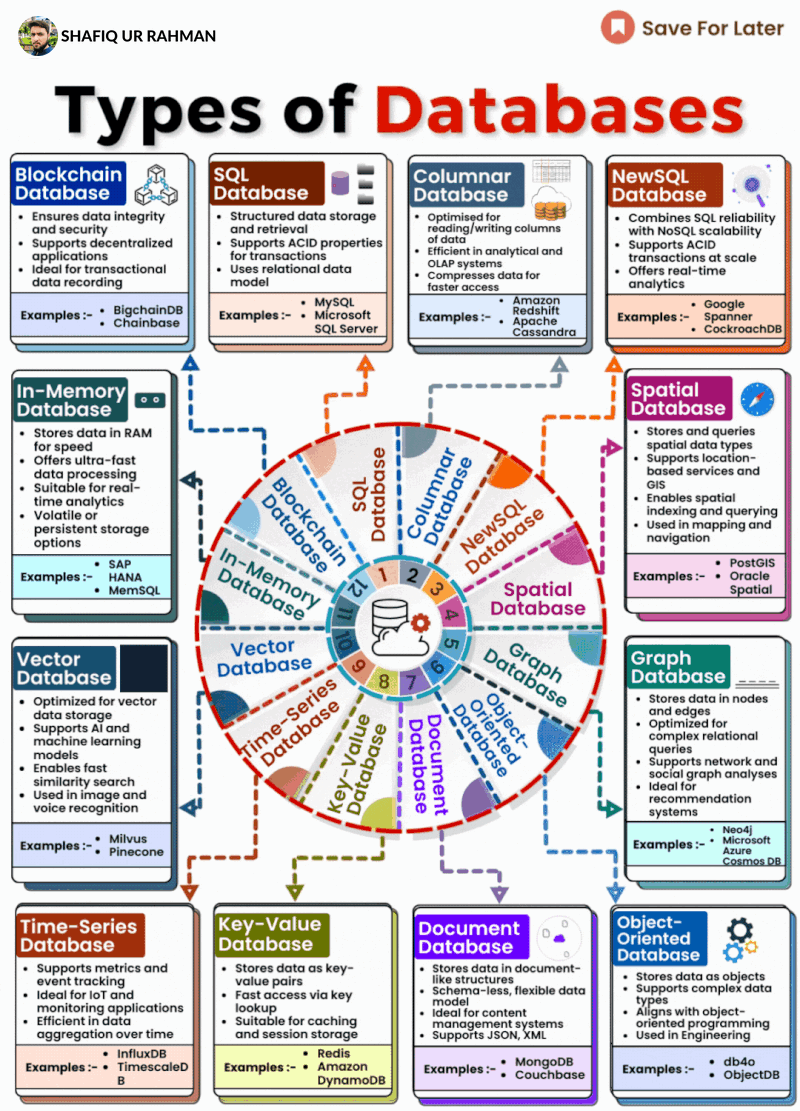The Parking Lot Wedding That Wasn't

Recently I had someone attempt to scam me in my capacity as a celebrant, and I just feel like sharing it. On the side I enjoy officiating weddings for people from time to time. I have a website for Dijiwan Ceremonies (that name is another story) and over the past couple of years I've officiating a number of weddings. This all goes back deeper into my backstory, as I was for a time a missionary in Brazil and a minister in New Mexico, before moving to New Jersey and eventually transitioning into technology and project management. Anyway, it's not unusual now for someone to hit me up for a wedding because they've heard of me from previous clients. I receive texts and emails occasionally requesting information about my availability and cost. So it didn't seem odd the other day when I received an email at my celebrant address requesting such information. They stated they wanted the wedding to take place in Carteret, where I live, so I quoted them a very low rate. I don'...










